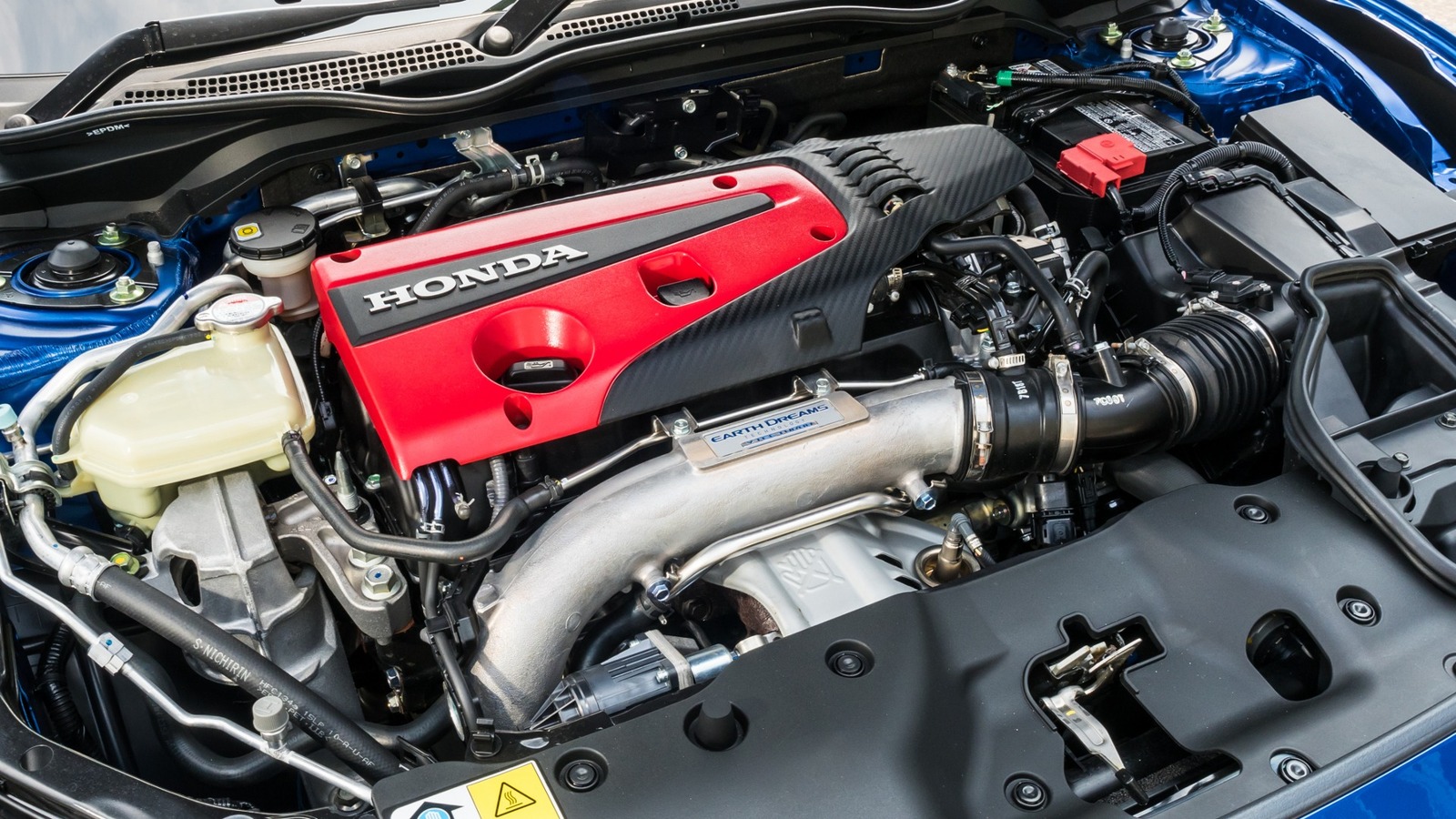The K-Series is a standard dual-overhead-camshaft inline four-cylinder engine layout. Both the engine block and cylinder head are made from aluminum. Initially, the K-Series used standard multi-port fuel injection, meaning the fuel injectors spray fuel into the intake manifold, and the valves control its entry into the combustion chamber. However, later versions of the K-series switched to direct injection, with the injectors spraying fuel directly into the combustion chamber. In addition, early K-series engines were solely naturally aspirated. However, as the K-series lineage grew, forced induction via a turbocharger came from the factory, depending on the model.
The K-series combines Honda’s already noteworthy capability to build efficient, robust, and dependable engines with a timing chain that rarely needs servicing and strong rotating assembly components. Because of this, it’s not uncommon to see K-series engines lasting well over the 200,000-mile mark. Honda also used these engines for racing, so they’re no strangers to abuse. This is why they became such popular platforms for modification. Without any internal upgrades, K-series engines are known to be capable of over 400 horsepower with added forced induction and proper tuning.
Of course, we can’t bring up an iconic Honda engine without mentioning VTEC. K-series engines use Honda’s i-VTEC system, which implements both variable valve timing and varying camshaft profiles. This allows maximum efficiency across virtually every feasible engine RPM.


